Can medication and exercise clear plaque from blood vessels?
More and more people are discovering that they have atherosclerotic plaques for two reasons: firstly, it is because there is a huge shift in people's lifestyles leading to more and more cases of people growing plaques; secondly, people are paying more and more attention to their health, and medical checkups are becoming more and more popular, leading to more and more discoveries of plaques. So, in our daily life, more and more people find atherosclerotic plaques. So, once you find that you have plaque, the human instinct is to think, how do I figure out how to get rid of the plaque? A lot of scientific information says that statin and scientific exercise can eliminate plaque. So, is the truth like that?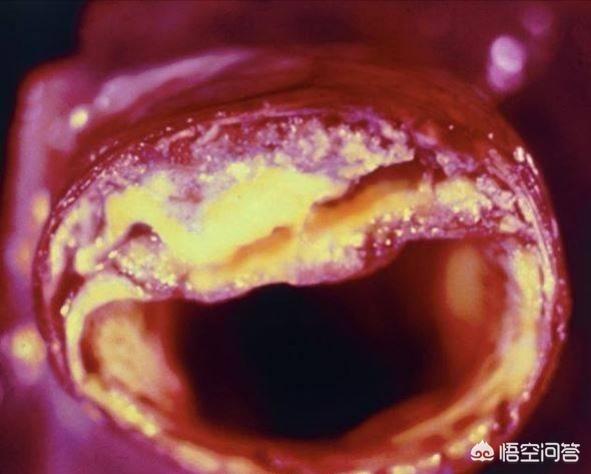
Dr. Chang himself has seen some statin-related studies suggesting that statin can reverse plaque, but this is a relatively rare occurrence. More often than not, I prefer to say that statins and increased physical activity are effective in preventing further deterioration or enlargement of plaque. Personally, I'd be reluctant to give the impression that plaque will go away if you take a statin or increase your exercise. If this is popularized, it will mislead a lot of patients, and most of them will end up with a false sense of hope, which is not good for everyone.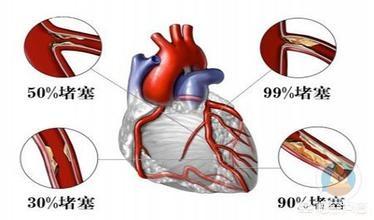
So, Dr. Zhang would not tell people that taking statin or increasing exercise can make plaque disappear. But if taking a statin and increasing physical activity can have some inhibition or control of plaque growth, which I agree with, I would personally prefer to publicize it that way.

Mr. Zhu, 47 years old, was worried when a cardiogram suggested 70% stenosis 1 year ago.
Under the doctor's guidance, adhering to the medication for 1 year and adhering to a healthy life, a recent follow-up imaging showed that the stenosis of that blood vessel has improved and is now only 50%.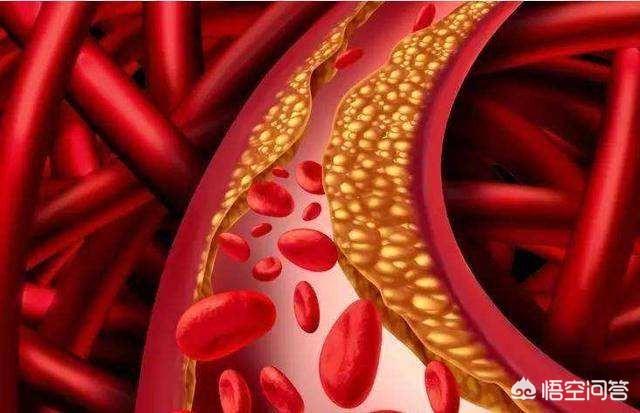
It does seem that taking medication and exercising improves blood vessels, cleanses them of junk, and reverses plaque.
But for most people with vascular plaque, it's hard to achieve such good results.
What's a plaque ∀∀?
Simple to understand is the vascular garbage, long-term accumulation in the blood vessels, and gradually grow in the inner wall of the blood vessels, causing blood vessel stenosis, the most serious plaque is the cardiovascular plaque, or carotid plaque, these plaques aggravate will lead to myocardial ischemia, cerebral ischemia; if you do not actively control or even plaque rupture thrombosis, causing myocardial infarction, cerebral infarction.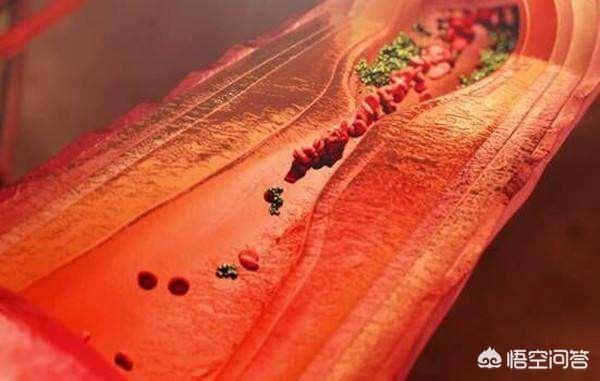
How do plaques form?
Plaque formation is atherosclerosis, and the main causes include genetic predisposition, getting older, high blood lipids, diabetes, high blood pressure, sedentary obesity, unhealthy diet, smoking and drinking, no exercise and other factors. The more of these factors the easier it is to form plaque, or even stenosis, or even cardiovascular disease.
What to do if you find a plaque?
It is important to live a healthy life, no matter how big the plaque is found, because healthy living is the basis for controlling plaque, because healthy living reduces the production of more plaque. Get rid of bad habits and adopt good ones.
Carotid plaque can be temporarily observed without medication if it is less than 50% and LDL is not high; carotid class stenosis is greater than 50% or soft plaque, then statin medication is needed to control plaque. Cardiovascular plaque also need to take statin to prevent aggravation. Must also actively control diabetes, hypertension, high blood fat, low-density lipoprotein target is best below 2.6, or even down to 1.8 below safer.
Does it remove plaque?
Not everyone, can have Mr. Zhu so good luck, the best outcome for most people is that the plaque is stable and no longer aggravated, then they can make peace with the plaque. Is it possible to increase medication? Studies have first shown that dosing up statin drugs does reverse plaque in a small percentage of people, but it also brings a lot of side effects, so there is no need to increase the risk of side effects of the drugs in order to reverse plaque.
To treat the plaque that has been found, we must change our bad habits, adopt a good lifestyle, take long-term statin medication if necessary, and keep our three highs under control!
This will prevent further aggravation of the plaque!
Even individuals can clear plaque!
[Dr. Cardiovascular Wang formally authorized original protection, such as theft must be held legally responsible.]
Under the influence of high blood lipids and other cardiovascular risk factors, the inner wall of blood vessels is gradually damaged, and excess lipids in the blood are gradually deposited under the blood vessel wall, forming a yellow atheromatous lipid core, and ultimately forming a fibrous cap in the lipid core, which is the process of formation of arterial plaques, plaques are the risk factors leading to atherosclerosis, and plaques, if there are problems with their stability and rupture, can lead to the reactive platelet The plaque is a risk factor for atherosclerosis, and if the plaque has stability problems and ruptures, it can lead to reactive aggregation of platelets, which may even lead to the formation of blood clots that can block the arterial vessels and cause infarction cardiovascular disease. Therefore, we should pay attention to the plaque problem, but usually, it is very difficult to reverse and remove the plaque that has already formed, what we have to do is to prevent the formation of plaque through reasonable medication and exercise, to the existing plaque, try to maintain the stability of the plaque, to slow down the process of atherosclerosis, and to prevent the plaque rupture from causing a greater risk.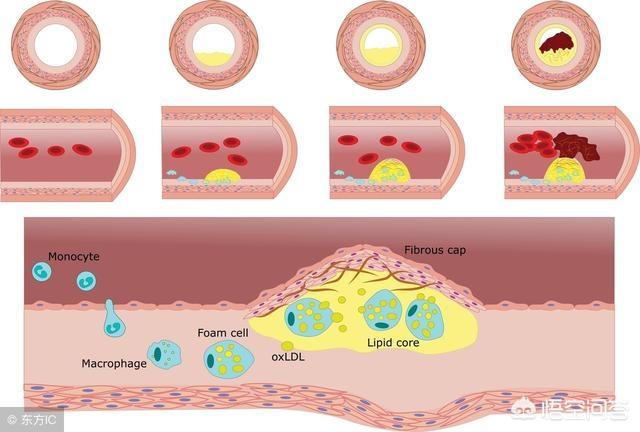
Prevention is more important when it comes to vascular plaque
For the problem of vascular plaque, many people want to remove it, but in fact, I do not know if these friends have ever thought that if we can control the relevant indicators of the body before the formation of plaque, adhere to a healthy and good lifestyle habits, to prevent and minimize the formation of plaque, is more important.
To prevent the formation of plaque, the first thing you should do is to maintain healthy living habits. If you eat a lot of meat and fish all day long, smoke and drink, do not like to exercise, and always like to be angry, or nervous and anxious, as you grow older, you want to maintain the health of lipid metabolism and ensure cardiovascular health, of course, it is very difficult. For young and middle-aged friends, annual physical examination, pay attention to blood lipids, blood glucose, blood uric acid, blood pressure and other relevant indicators that may affect cardiovascular health, from life as early as possible to overcome some of the bad habits, to do a light diet, adhere to exercise, maintain a calm state of mind, do not stay up too late, healthy weight loss, control weight and waist circumference, to be able to do these aspects of the same constitution of a person, compared to not be able to self-discipline. Adhere to the bad habits do not change the situation, the hardening of blood vessels, the appearance of plaque will be many years at night.
In addition to adhering to healthy lifestyle habits, for those who already have dyslipidemia, depending on the elevation of blood lipids, if it cannot be effectively improved through lifestyle modification, or if there are other cardiovascular disease risks such as diabetes and hypertension at the same time, they should also take medication to control blood lipids. Statin drugs are still the most common lipid control drugs, statin drugs can effectively reduce LDL cholesterol, anti-inflammatory reaction of the blood vessel wall, reduce the risk of plaque chances, delay atherosclerosis, is the first choice of drugs to control blood lipids, plaque prevention and basic drugs. However, it should be reminded that if your blood lipid level is not high, or mildly high, and there are no other cardiovascular disease risk factors, there is no need to abuse statins to prevent plaque, in this case, we talked about adherence to a healthy lifestyle, it is more important.
For those who already have vascular plaque problems, exercise is just as important as medication.
For friends who already have plaque and vascular sclerosis problems, usually there are also high blood fat and other aspects of the problem, are also patients with high risk of cardiovascular disease, this time, in life, to ensure that the control of blood pressure in the case of strengthening exercise, adhere to the exercise, for the improvement of lipid metabolism, stabilization of plaques, to reduce the risk of cardiovascular disease, it is a very good way of life conditioning.
Exercise can strengthen the body's energy consumption, promote the conversion and utilization of lipids, strengthen the lipid metabolism function, for the control of obesity, lipid regulation, are very good way of life intervention; exercise at the same time can also enhance the ability of the heart muscle, cardiorespiratory fitness to improve there is a certain role in helping, therefore, for those who already have vascular plaques, strengthen the exercise exercise, although it is difficult to do to clear the plaque, but to improve lipid metabolism, stabilize plaque, is still very beneficial. plaque, but for the improvement of lipid metabolism, plaque stabilization, or very beneficial. It should be reminded that friends who have vascular plaque problems and also have high blood pressure problems must control their blood pressure level during exercise and exercise, and avoid peak blood pressure periods during exercise and exercise.
In addition to strengthening exercise and workout, for those who have vascular plaque problems, they should also control their lipid targets with medication according to their lipid profile. For friends who have not yet had an episode of cardiovascular disease but are at high risk for cardiovascular disease, the goal of lipid control is to reduce LDL cholesterol to below 2.6 mmol/L. For patients who have had an episode of cardiovascular disease, this value is controlled to below 1.8 mmol/L. The statins mentioned earlier are still the main drugs for lipid control, and for those who are statin-tolerant, the combined application of other lipid-lowering drugs, such as ezetimibe and probucol, can be considered for combined lipid control.
In addition to controlling blood lipids, blood pressure, blood sugar and other indicators should also be controlled accordingly, the rational application of antihypertensive drugs, hypoglycemic drugs, blood pressure, blood sugar control standards, but also to enhance the stability of the plaque, reduce the risk of cardiovascular disease is also an important aspect of the two types of drugs a wide range of different adaptations to the population, we will not expand the details here. In addition to the control of chronic diseases related to the reasonable use of drugs, for friends with vascular plaques, if there is a higher risk of thrombosis, according to the situation, you can also take anti-platelet aggregation of drugs, such as aspirin, clopidogrel, etc. to reduce platelet aggregation and reduce the risk of thrombosis.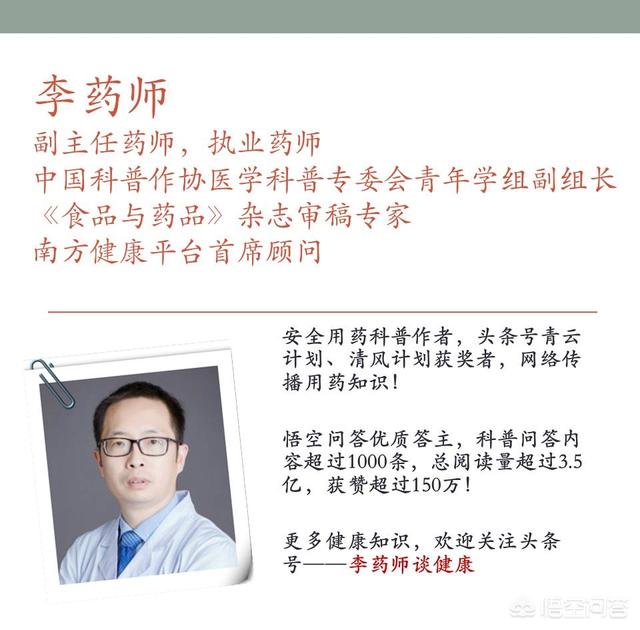
Taking medication and exercising reverses some of the plaque in the blood vessels, but it also depends on the individual, and not all statins are effective in reversing plaque.
Personally, I'm less inclined to give the impression that plaque will go away if you take a statin or increase your physical activity. I prefer to say that statin and increased physical activity are effective in preventing further deterioration or enlargement of plaque.
Plaque formation is a long process that occurs gradually when excess lipids build up in the body on the walls of blood vessels. And once plaque is formed, it is very difficult to reverse. In fact, almost all elderly people have plaques, but not all plaques will lead to the occurrence of cardiovascular and cerebrovascular diseases, of which unstable plaques are more dangerous and will rupture, but stable plaques as long as attention is paid to controlling its continued growth, do not lead to serious narrowing of the blood vessels, is generally harmless. It is important to realize that unstable plaques can rupture under certain unfavorable triggers, while stable plaques can continue to grow or become vulnerable. Therefore, the only thing we can do is to try to stabilize the plaque and slow down its growth to prevent serious consequences. Exercise is a lifestyle intervention and medication is a pharmacological treatment. For plaque formers, one or the other is indispensable for the prevention of cardiovascular and cerebrovascular diseases. However, even medication together with lifestyle interventions cannot achieve complete plaque regression.
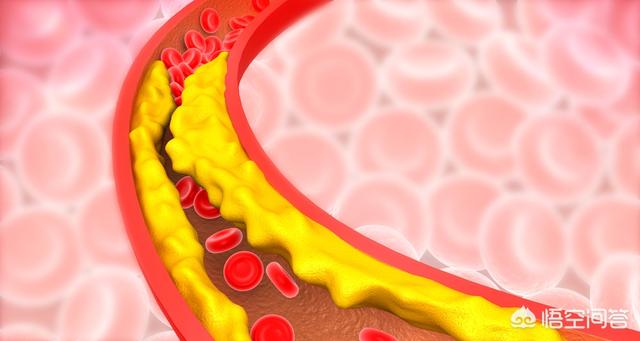
Statins are still the most common medication for lipid control and regulation. Statins can effectively reduce LDL cholesterol, counteract inflammatory reactions in the vascular wall, reduce the chance of plaque risk, and slow down atherosclerosis, making them the preferred and basic medication for controlling blood lipids and preventing plaque. However, it should be reminded that if your blood lipid level is not high, or mildly high, and there are no other cardiovascular disease risk factors, there is no need to abuse statins to prevent plaque, in this case, adhere to a healthy lifestyle, it is more important.
Ongoing sharing of health knowledge, hope it helps~
These years, cardiovascular and cerebrovascular diseases ranked first among all kinds of diseases, and the population has been as high as 270 million people, a large group of people, the incidence of the disease, so that we can not prevent, and the occurrence of cardiovascular and cerebrovascular culprits is the formation of plaque.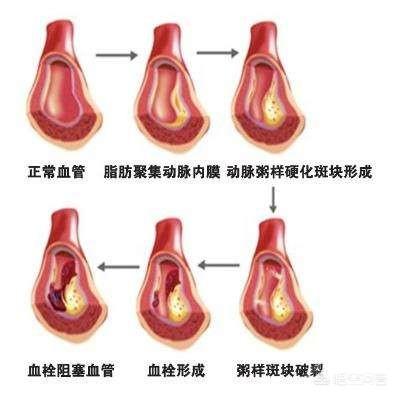
Plaque has venous plaque, arterial plaque, it is in the role of multiple etiological factors, due to the precipitation of lipidation, to put it bluntly, that is, you grease more, digestion can not be utilized, in the blood lipids four and other multi-factors under the influence of and then damage to the intima, deposition to the inner layer of the blood vessels, the formation of yellow atheromatous lipid core, and ultimately in the formation of the lipid core of the fibrous cap, which is normally very stable, if the fibrous cap is subjected to sustained inflammatory Attack, such as drinking, anger, stay up late, drink less water, etc., the fibrous cap will rupture, plaque flow out, and blood platelets in the blood flash marriage, gave birth to a trouble-making child, called thrombus, this child wandering around to make trouble, specializing in blocking the blood vessels of the bad things, thrombus in the lumen of the blood vessels become narrower at the same time, rupture may occur, triggering acute cardio-cerebral and cerebral vascular events, such as stroke, cardiac infarction, pulmonary embolism, renal failure, varicose veins etc. Therefore, eliminating plaque not only unclogs blood vessels, but also prevents acute cardiovascular and cerebrovascular events, which is on everyone's mind.
Drugs only control your plaque, exercise reduces it, and nutrition is what eliminates it.
Statins are still a common lipid-control regulator and are preferred by doctors in hospitals. Statins are able to lower LDL cholesterol, counteract the inflammatory response of the blood vessel wall, reduce the chances of risk of plaque appearance, and slow down atherosclerosis. However, over time, the pharmacogenetic fatty liver appeared, your liver function declined, liver detoxification capacity decreased, more likely to lead to the accumulation of waste toxins and statin drugs negative effects.
Exercise exercise can accelerate the body's energy consumption, promote the conversion and utilization of lipids, and strengthen the function of lipid metabolism, for weight loss and weight loss control, lipid regulation, are better life interventions to reduce the production of plaque;
Nutrition can clear your plaque. Start by following the four cornerstones of health recommended by the World Health Organization: eat right, get aerobic exercise, be mentally healthy, stop smoking and limit alcohol, and eat enough sleep. The key is good habits. Next, light and less oil. Eat more foods rich in unsaturated fatty acids, such as flaxseed oil, fish oil, olive oil and so on. Eat more foods rich in dietary fiber especially chicory powder. This is currently found, the only dietary fiber can enter the bloodstream, can be metabolized on the blood vessel wall atherosclerosis to the outside of the body. Eating more flaxseed oil (powder), chickpeas, etc. can eliminate inflammation of blood vessels and reduce the rupture of the fibrous cap. Control a healthy weight, maintain appropriate exercise, cardiovascular disease will be farther and farther away from us.
Have you reduced your plaque? Do you want to know if you can develop cardiovascular disease in the next three to five years? Please see below!
The worst thing about high blood pressure is not the large blood vessels in the blockage, but the blockage of the capillaries, which are 20 times thinner than a hair strand.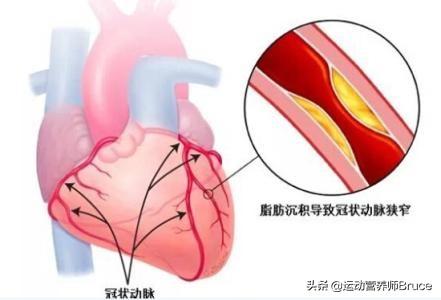
There are tens of billions of such blood vessels in the brain, which is why some people with high blood pressure are shopping for groceries one day and have a stroke and are paralyzed in bed the next.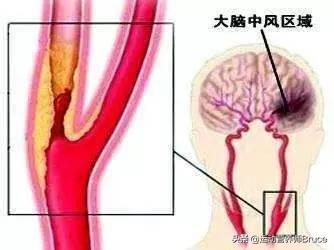
Glycosylated diet - Abnormal blood rheology - Erythrocyte aggregation - Cerebral hypoxia - Constriction of micro arteries -Spasm of tiny arteries -Aseptic damage to vascular endothelial cells by hypoxic free radicals -Oxidized deposition of LDL lipoproteins - -atheromatous plaque formation-Vessels are blocked -Brain more hypoxic -Constricts tiny arteries even more.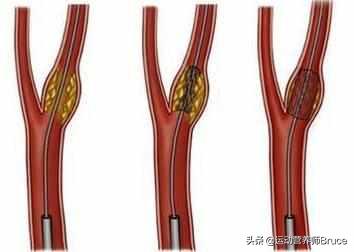
For patients with high blood pressure, unless the examination is the third level of high blood pressure is very dangerous, generally do not need antihypertensive drugs, antihypertensive drugs are purely superfluous, because it is not symptomatic.
Isn't there a way to remove plaque from the blood vessels since it's not right?
Vascular plaques cannot be eliminated asvascular plaqueIt is caused by atherosclerosis, in which lipids have been deposited into the lining of the arterial vessels, where more and more deposits are made, eventually blocking the lumen.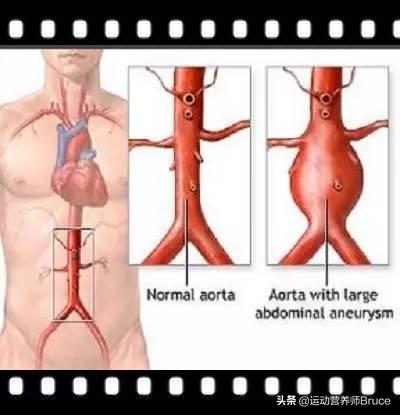
Arterial plaque is 80% common atherosclerotic manifestation in people over 50 years of age. The incidence of carotid artery plaque tends to increase with age, and a small number of elderly people suffer from stenosis due to plaque, which causes hemodynamic changes and even obstruction.
Plaque incidence was significantly increased in patients over 60 years of age compared with patients aged 50 to 59 years, while the difference in plaque incidence over 60 years of age was small, indicating that plaque incidence was significantly increased in the elderly compared with the middle-aged.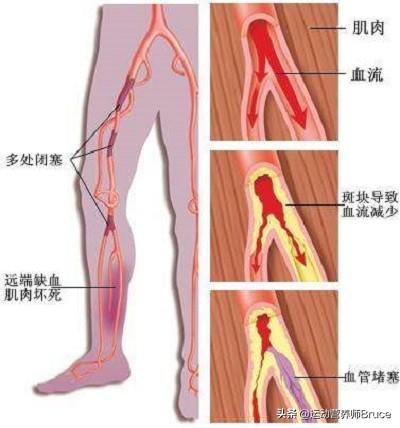
On the one hand, attention to dietary intake:
1. Avoid overfeeding and reduce sweets to keep your weight in the normal range
2. Avoid eating high calorie, high fat, high cholesterol "three high" foods. Eat tofu and soybean products, lean meat, fish, chicken and so on.
3. Eat more fresh vegetables and fruits rich in vitamins and fiber.
4. Control drinking and smoking
5. Pay attention to calcium and potassium supplementation
......
On the other hand, exercise is used to strengthen the heart's ability to pump blood.
Slows the deposition of animal fat in the endothelium of blood vessels;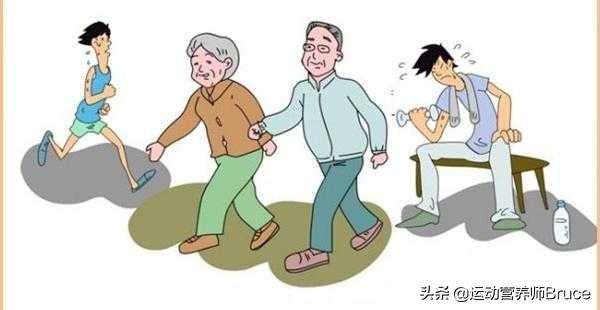
I'm Bruce, the sports nutritionist, welcome to follow the private message, to learn more about sports and fitness and nutrition and health!
Atheromatous plaque is a common chronic disease in middle-aged and elderly people. Since arterial plaque is the direct cause of acute cardiovascular events, the ability to clear arterial plaque is a topic of concern for most patients. Can arterial plaque be cleared by medication and exercise? Next, Medical Senlution will find out for you.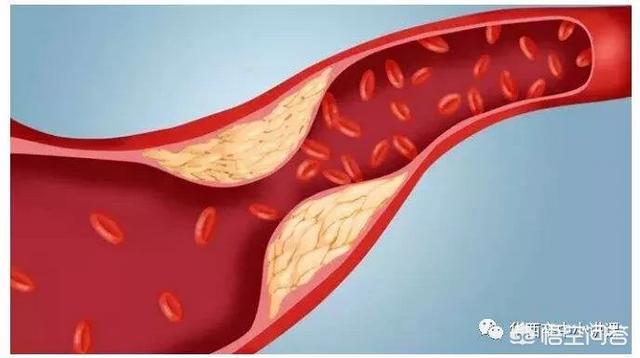
Arterial plaque is a series of inflammatory reactions triggered by damage to the inner lining of the arteries under the action of multiple etiologic factors, with later secondary atheromatous plaque generation. The formation of plaque is more harmful to the human body, it narrows the lumen of the blood vessel at the same time, it may also rupture, triggering acute cardiovascular events, therefore, the elimination of plaque not only unclogs the blood vessels, but also prevents acute cardiovascular events, which is the heartbeat of all patients. For the treatment of plaque, we can start from the cause of the disease, such as controlling blood lipids, blood pressure, blood sugar, etc., together with the change of bad lifestyle, such as low salt, low cholesterol diet, increase exercise, quit smoking and limit alcohol, etc., or on top of the above measures, we can give medication, and the drugs we choose to use are statins, such as atorvastatin, resuvastatin, etc., all of which are commonly used in treating arterial plaques, and the specific choice of the treatment should be formulated under the guidance of a specialist. The specific treatment plan should be formulated under the guidance of specialized physicians.
However, even when these treatments are given, arterial plaque can be difficult to eliminate. Many patients have heard that statins can reverse plaque, but by reversing plaque, we mean translocating the lipids out of the plaque, shrinking the atheromatous plaque, increasing its stability, reducing the risk of rupture, and lowering the risk of cardiovascular events, not eliminating the plaque from the blood vessel entirely, so to speak, and it's virtually impossible to remove plaque once it's formed.
It's important to note thatPatients with arterial plaque who have a 50% narrowing of the arteries or unstable plaque formation, especially in the coronary, head and neck arteries, should be given statin therapy in conjunction with aspirin. Statin narrows and stabilizes plaque, and aspirin prevents thrombosis at the ruptured lining. The combination of the two substantially reduces the risk of cardiovascular events, making it a classic combination and cornerstone drug for treating arterial plaque and preventing cardiovascular and cerebrovascular events.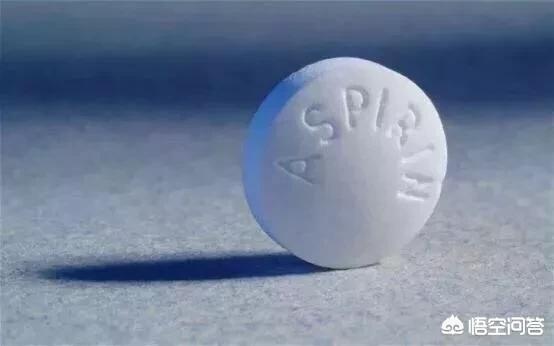
In conclusion, medication and exercise cannot remove arterial plaque, and after detection of arterial plaque, it can only be reduced and stabilized by controlling the cause of the disease, changing bad lifestyle habits, and administering statin therapy to shrink and stabilize the plaque and reduce the risk of cardiovascular events.
Thank you all for reading!
We are looking forward to your attention and presenting more health knowledge to you!
Note: The images in this article come from the Internet, if infringement of copyright, please contact to remove. The content of the article is only as a health science popularization, not as a medical advice or opinion, and does not have the condition of medical guidance.
Hello, everyone! I'm Blessed Dad, a licensed physician. Specializing in weight management and nutritional treatment of disease for twenty years. I hope my answer is useful to you.
The so-called vascular plaque is atherosclerotic plaque, which is the main culprit of cardiovascular diseases. So once you realize that you have plaque in your arteries, the first thought that comes to mind is whether or not you can remove the plaque. It is also common to read articles claiming that vascular plaque can be eliminated in some way. But in reality, it is not possible to effectively remove vascular plaque now.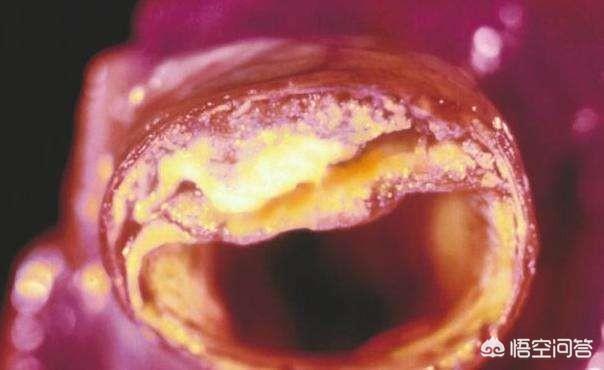
Atherosclerosis is an endothelial lesion of the arterial blood vessels that every adult is experiencing, even from adolescence. It develops slowly over decades, eventually forming atherosclerotic plaques that block blood vessels or cause them to rupture, leading to serious cardiovascular and cerebrovascular diseases, such as cerebral hemorrhage, cerebral infarction, coronary heart disease, and separation of aortic coarctation.
The rate of atherosclerosis development varies from person to person and is affected by a variety of factors, such as genetics, age, gender, dietary habits, lifestyle, obesity, and chronic diseases. Once an atherosclerotic plaque forms, it is difficult to reverse.
It is true that a small number of patients have been observed clinically, after a period of adherence to statins combined with a healthy diet and lifestyle, to very much notice a reduction in the degree of stenosis of the blood vessels and a reduction in the size of the plaques. This phenomenon is atherosclerotic plaque reversal. But the reversal is limited, and it is impossible to completely remove the plaque.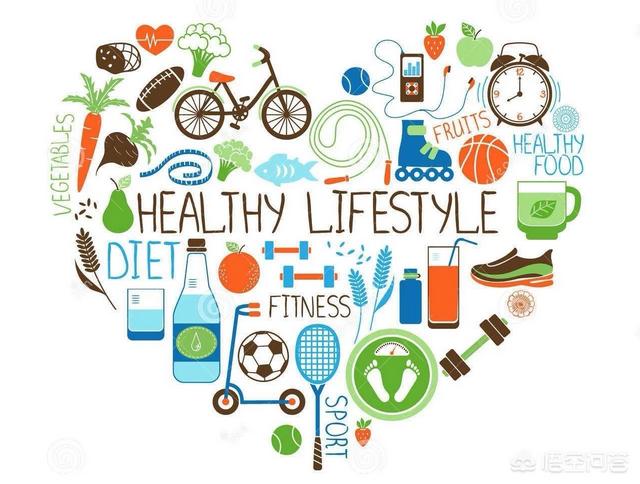
For most people, the most likely outcome of lowering blood lipids with statins, eating a healthy diet, exercising moderately, quitting smoking and limiting alcohol is to slow or even stop the progression of atherosclerosis, stabilize plaque, and reduce the risk of serious cardiovascular events. Don't believe the claims that you can easily remove vascular plaque.
There is a method called carotid endarterectomy that can strip the carotid artery lining of severe lesions and reduce the risk of cerebral infarction. However, there are certain risks associated with the surgery, and the carotid artery is prone to thrombosis after the surgery because of the lack of intact carotid artery lining, and anti-thrombotic therapy itself has many side effects. There are also medical techniques such as stenting, balloon dilatation, and balloon thrombolysis that can open up narrowed blood vessels. All of these methods are localized, treating the symptoms but not the root cause, not the real meaning of removing plaque.
Summary: Existing drugs and technical means are difficult to remove vascular plaque systemically, but can play a role in stabilizing plaque to reduce complications. Prevention of atherosclerosis is important, and a healthy diet and lifestyle should be promoted.
I'm FooDad, a practicing physician, and if you think I'm making sense, give me a like 😜 Follow my headline here for more practical and interesting nutritional health information.
[Professional doctor to answer your questions
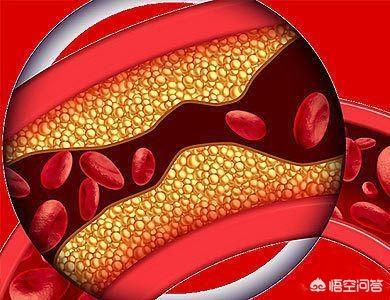 Plaque is a manifestation of atherosclerosis that occurs in the blood vessels. There is a gradual process of plaque occurrence that is not easy to achieve, there is a certain mechanism of occurrence, and the therapeutic effect obtained after appropriate interventions are taken at different stages of the process will also be different, so whether or not plaque can be cleared away depends on what stage it is found to be at.
Plaque is a manifestation of atherosclerosis that occurs in the blood vessels. There is a gradual process of plaque occurrence that is not easy to achieve, there is a certain mechanism of occurrence, and the therapeutic effect obtained after appropriate interventions are taken at different stages of the process will also be different, so whether or not plaque can be cleared away depends on what stage it is found to be at.
The process of plaque will go through several stages, first of all, the endothelium of the blood vessel is damaged, as if the protective layer of the inner surface of the blood vessel is "broken", the macromolecule fat in the blood will be transported by a kind of substance called low-density lipoprotein into the intima-media layer of the wall of the blood vessel in large quantities to build up, and the wall of the blood vessel will be thickened, and the medical treatment will be more than 1mm when the intima-media layer is thickened, that is called atherosclerosis. When the thickening of the intima-media layer exceeds 1mm, it is called atherosclerosis, such as localized aggregation into a mass, that is, early plaque.
Early plaque formation, the accumulation of fat will cause a series of inflammatory reactions, in fact, the fat is constantly oxidized and denatured, the formation of porridge-like substances, these substances destroy the normal structure of the blood vessels, and become part of the blood vessels, at this time, the lipidated material is mostly in the liquid state, which is usually referred to as soft spots.
The lipidated material in a soft spot can become necrotic over time, just as a skin infection becomes fibrotic and crusty when it becomes pus-filled, or calcification occurs when there are calcium deposits, and the plaque hardens, and the vasoconstrictive function of the blood vessels is more affected, so that the plaque is said to be a hard spot.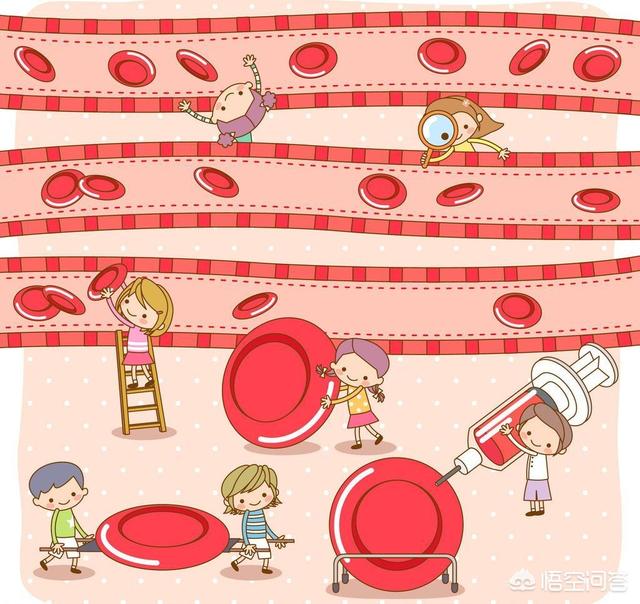
It can be seen that plaques have different damages and effects on blood vessels at different stages of formation. Early plaques may not have seriously damaged the structure of blood vessels, and there is a possibility that they can be removed and reversed; whereas soft plaques and hard plaques have already replaced the normal structure of blood vessels. It is impossible to remove them completely, and what needs to be done is to stop and slow down the continued growth of plaques.
Therefore, whether taking medication or controlling diet and strengthening exercise are measures to stop and slow down the formation and progression of atherosclerosis and plaque. Whether plaque can be removed after treatment is related to the pathological stage of plaque. When an arterial plaque is found, ultrasound and other examination methods can be used to clarify what state the plaque is in, and to understand the situation that may occur after the treatment, it is the best result if it can be cleared, and if it is already at the stage of not being able to be cleared, all that needs to be done is to stop the progression of vascular lesions.
I hope this answer can help you, welcome to click on the attention and leave a message, together to learn and exchange more health knowledge.
Plaque in the arteries is very difficult to remove once it has formed, and neither medication nor exercise is enough to 'shake' the plaque, so why should patients be encouraged to take medication and exercise regularly? The main reasons are as follows:
1. Drugs and exercise are important means of slowing down the growth of arterial plaques; they can curb the rate of progression of atherosclerotic lesions, reduce the chances of cardiovascular and cerebrovascular events, and thus improve the quality of life of patients;
2. Drugs and exercise are the main measures to stabilize plaque in the arteries, which can effectively reduce the possibility of plaque rupture or dislodgement and avoid arterial embolism induced by it;
3. Drugs and exercise can help patients improve the rheological characteristics of the blood, reduce the viscosity of the blood, inhibit the abnormal aggregation of platelets, and then achieve the purpose of preventing thrombosis.
In conclusion, although drugs and exercise do not remove plaque, both are indispensable in the management of atherosclerotic disease.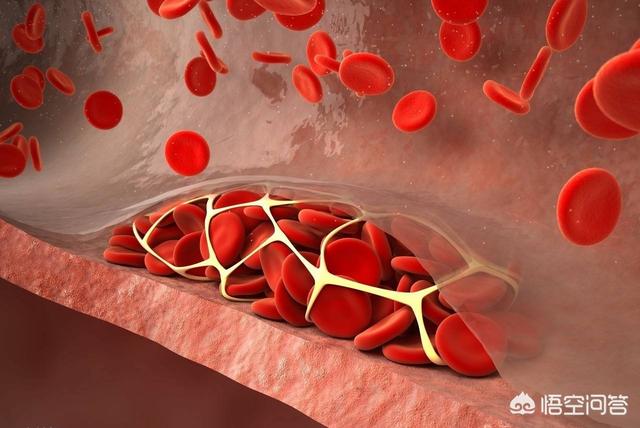
This question and answer are from the site users, does not represent the position of the site, such as infringement, please contact the administrator to delete.